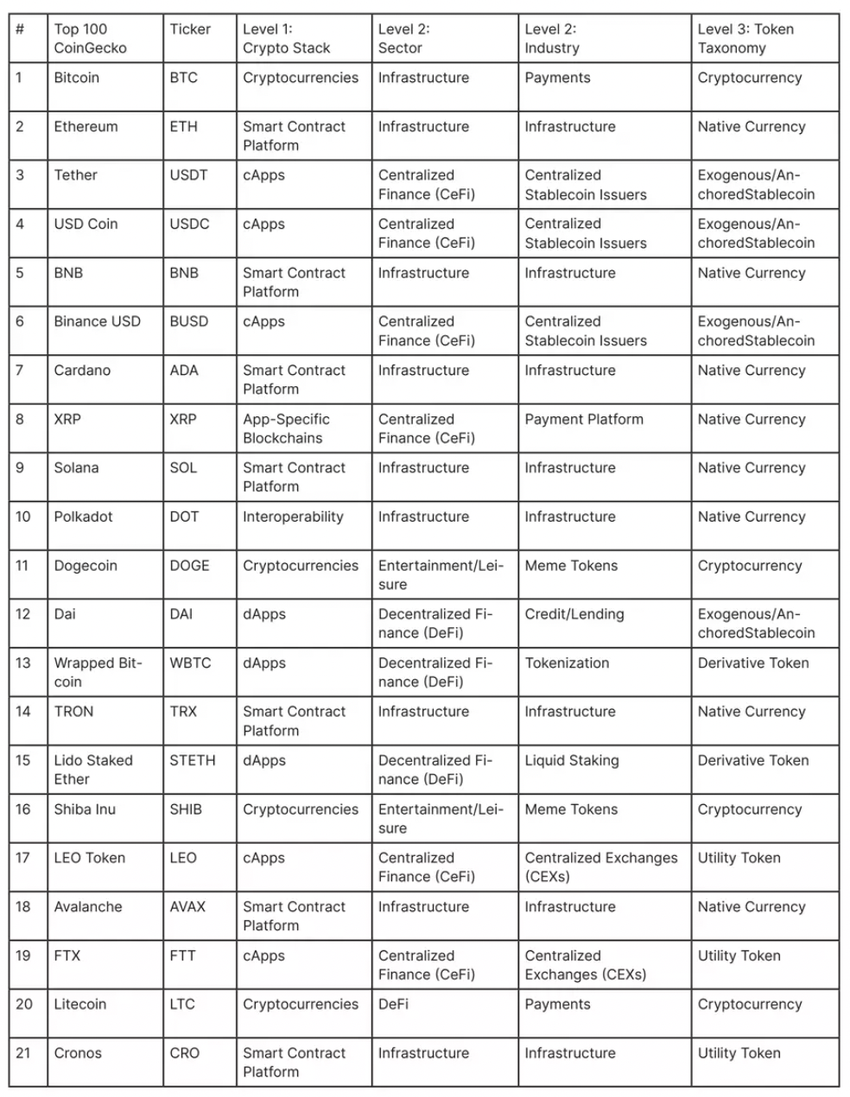21Shares and CoinGecko have partnered to launch the Global Crypto Classification Standard (GCCS), which aims to help improve the categorization of crypto assets.
The traditional stock market has been categorized into various sectors and industries for a long time. The underlying products are easier to classify into sectors as people use them daily.
For example, it is easier for a person to know that the stocks of a company producing cars fall under the automobile sector. An investor can then compare the company with its competitors before making an investment decision.
But as the crypto industry is relatively new, a beginner gets confused with various terminologies and jargon. Words like decentralization, Layer 1 scaling solution, metaverse, and non-fungible tokens can overwhelm a beginner. Hence, CoinGecko and 21Shares collaborated to prepare the GCCS report to simplify the industry by better categorizing crypto assets.
SponsoredCoinGecko is a cryptocurrency data aggregator tracking over 12,000 cryptocurrencies, and 21Shares is the issuer of cryptocurrency exchange-traded products.
GCSS Report Aims to Help Users Better Understand the Industry
The GCSS report classifies the assets into three levels: the crypto stack, market mapping by sectors and industries, and taxonomy of crypto assets.

The crypto stacks define the primary use case of an asset – for example, an app-specific blockchain, centralized apps, decentralized apps, or interoperability.
The second level classifies crypto assets based on their sectors and industries. For example, The Sandbox represents the metaverse sector, while Filecoin belongs to the storage sector.
At last, the third level identifies crypto-assets according to their superclass. Ethereum and Solana are native cryptocurrencies of the blockchain. On the other hand, USDC and USDT fall under the superclass “Stablecoins.”
The below-attached screenshot shows the application of the methodology of the GCSS report.

Got something to say about the GCSS report or anything else? Write to us or join the discussion on our Telegram channel. You can also catch us on TikTok, Facebook, or Twitter.
For BeInCrypto’s latest Bitcoin (BTC) analysis, click here.

